Category: Wearables
-
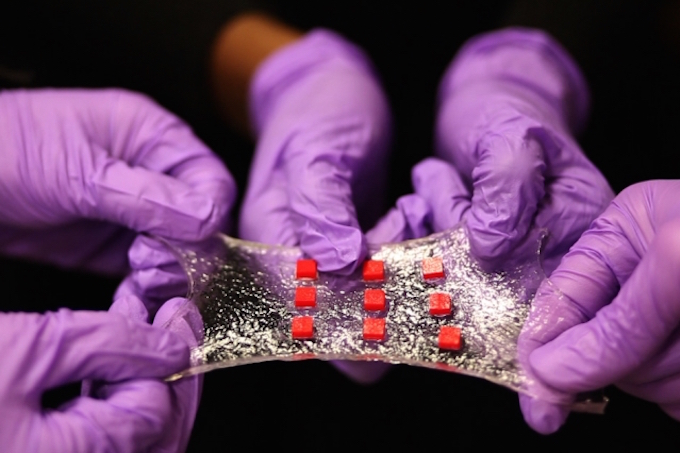
Flexible hydrogel bandage senses temperature, releases medicine
MIT’s Xuanhe Zhao has designed a bandage that releases medicine in response to changes in skin temperature. It can be programmed to light if wound attention is required, such as when medicine is low. The flexible, gel-like material incorporates temperature sensors, LED lights, other electronics, and tiny, drug-delivering reservoirs and channels. Zhao believes that hydrogel coated…
-
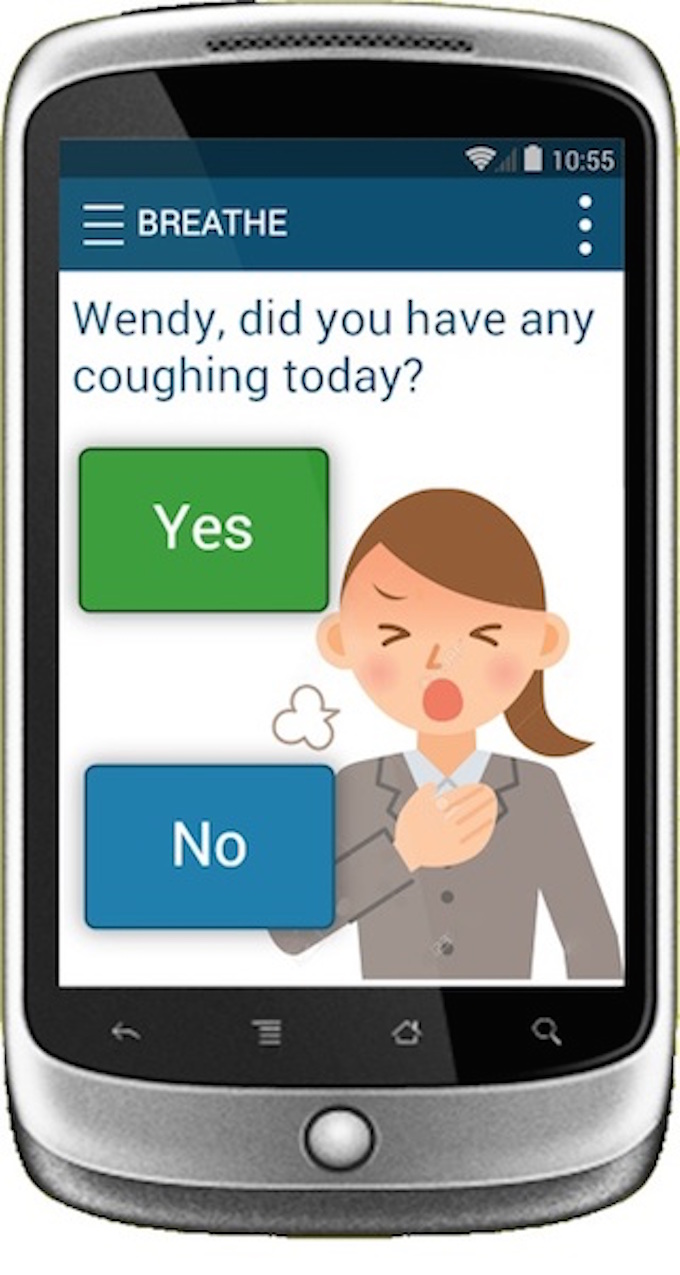
Wearable, home, school sensors + app predict asthma attacks
ApplySci is pleased to report another sensor-based initiative to combat asthma. Alex Bui and colleagues from UCLA and USC are creating technology for smart phones and watches to identify asthma attack triggers. The program is part of the National Institute of Biomedical Imaging & Bioengineering’s Pediatric Research using Integrated Sensor Monitoring Systems initiative. The platform will transmit data to a phone from…
-
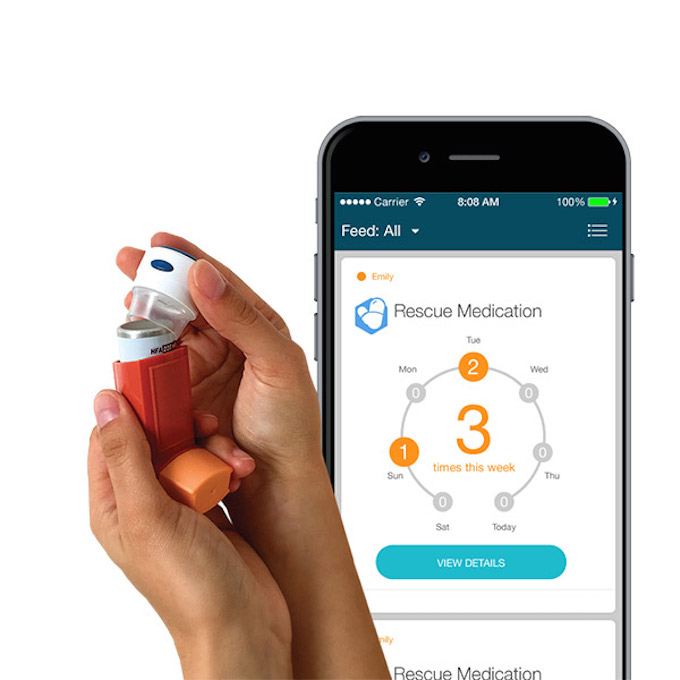
Medication sensing inhaler correlates adherence, attacks
Propeller Health and GSK are developing of an inhaler-integrated medication sensor that will automatically collect and record usage data. The system combines sensors, mobile apps, analytics, and feedback for patients and caregivers. The companies believes that it will help doctors better understand asthma and COPD, predict attacks, and reduce hospitalizations. Information will be collected in…
-
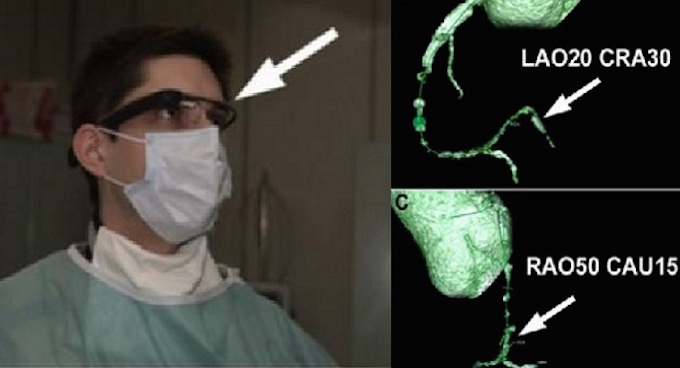
Wearable VR system guides coronary artery surgery
Maksymilian Opolski of the Cardinal Wyszynski Institute of Cardiology used a VR system combining a custom app and Google Glass to clear a blocked coronary artery. The patient had chronic total occlusion, which is difficult to clear with catheter-based percutaneous coronary intervention. Surgeons often cannot visualize the blockage with CTA imaging. The system provided 3D reconstructions of the artery during the procedure,…
-
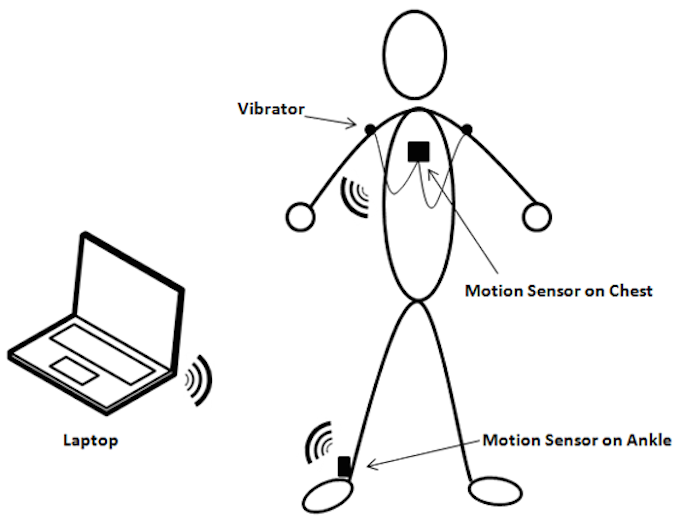
Gait monitoring wearable to prevent senior falls
Roozbeh Jafari and Texas A&M colleagues are developing a gait monitoring wearable to prevent senior falls. The system will analyze multiple sway and gait parameters while one walks or stands on one leg. Users will receive auditory and vibration feedback to reduce an unsafe sway and prevent falls. The wearable will be worn on the…
-
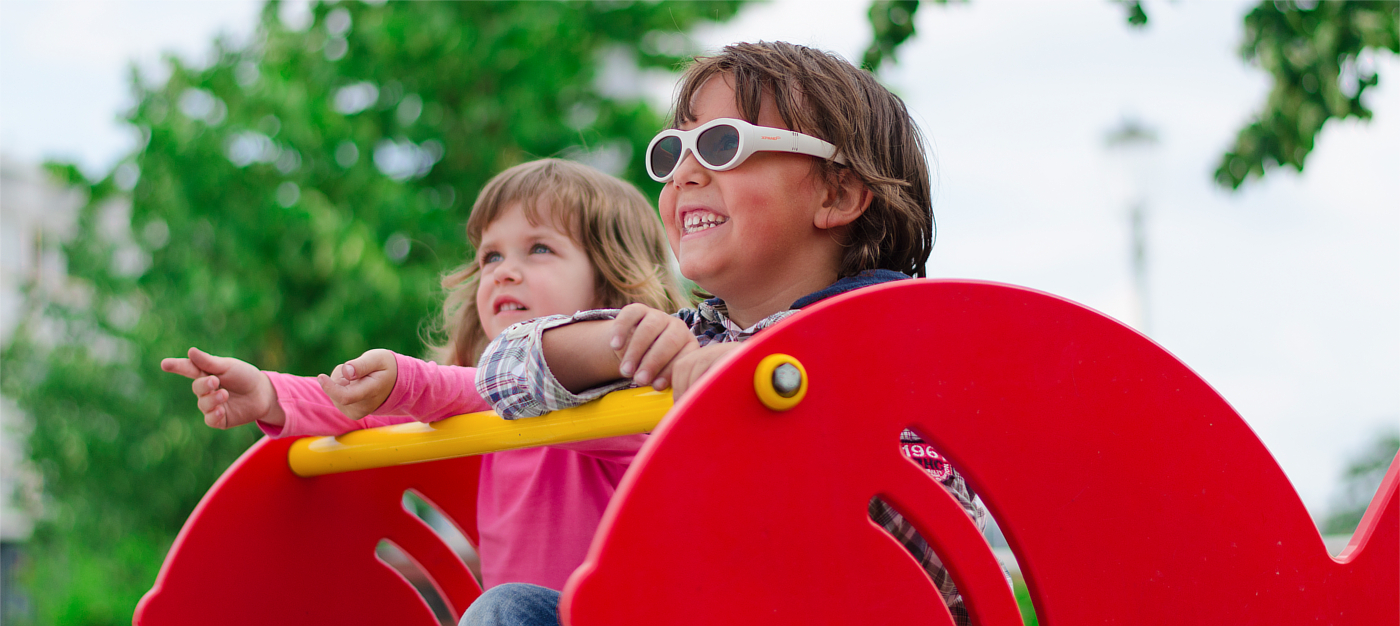
LCD glasses treat amblyopia, correct vision
Amblyz are programmable LCD glasses that can treat amblyopia (colloquially known as “lazy eye”). Instead of patching, the lens over the affected eye would go dark for a few seconds out of every 30 during the prescribed patching period. As children with amblyopia often have astigmatism or nearsightedness, the glasses simultaneously corrects vision (when not…
-
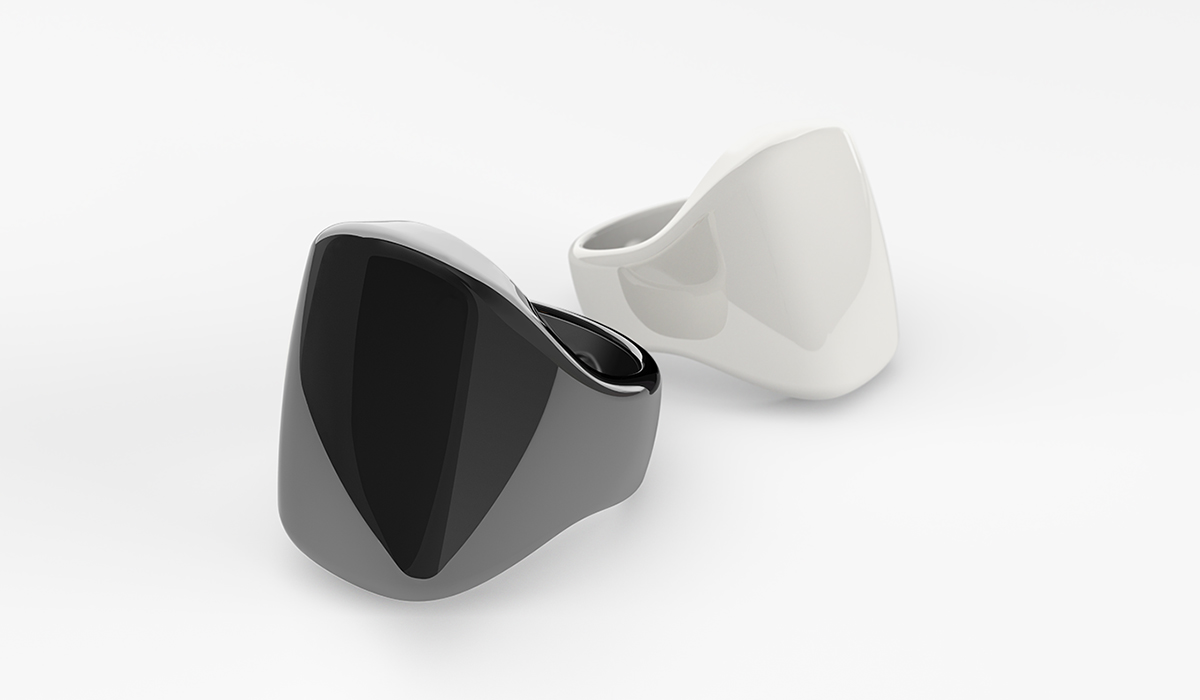
Ring monitors vitals 24/7, makes sleep improving suggestions
Oura ring is a crowdfunded wearable that monitors heart rate, respiration, temperature, and movement, including time spent sitting. The ceramic ring uses Bluetooth to share data with the accompanying app, which makes activity suggestions to improve sleep. It also provides a “readiness score,” which the company claims alerts a user of his/her peak physical and mental…
-

Smart airline uniforms improve passenger safety
easyJet has partnered with CuteCircuit to create sensor embedded crew uniforms to improve passenger safety. Cabin crew uniforms have shoulder LEDs and illuminated hems to provide lighting. Lapel LEDs display fight numbers, and microphones in the fabric enable immediate communication. Engineers’ uniforms have LEDs in jacket hoods to illuminate work areas, and built in cameras…
-
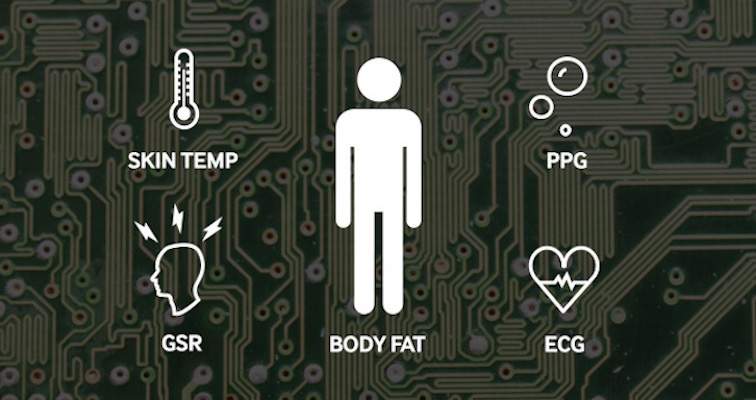
Chip uses ECG to monitor heart, improving wearable accuracy
Samsung’s Bio Processor uses ECG to continuously measure the electric activity of the heart, improving its accuracy. It must be worn on the skin near the heart, and includes built-in flash memory and Bluetooth for connecting to one’s phone. The chip can also monitor PPG, ECG, skin temperature, GSR and body fat. The company describes this as a breakthrough…
-
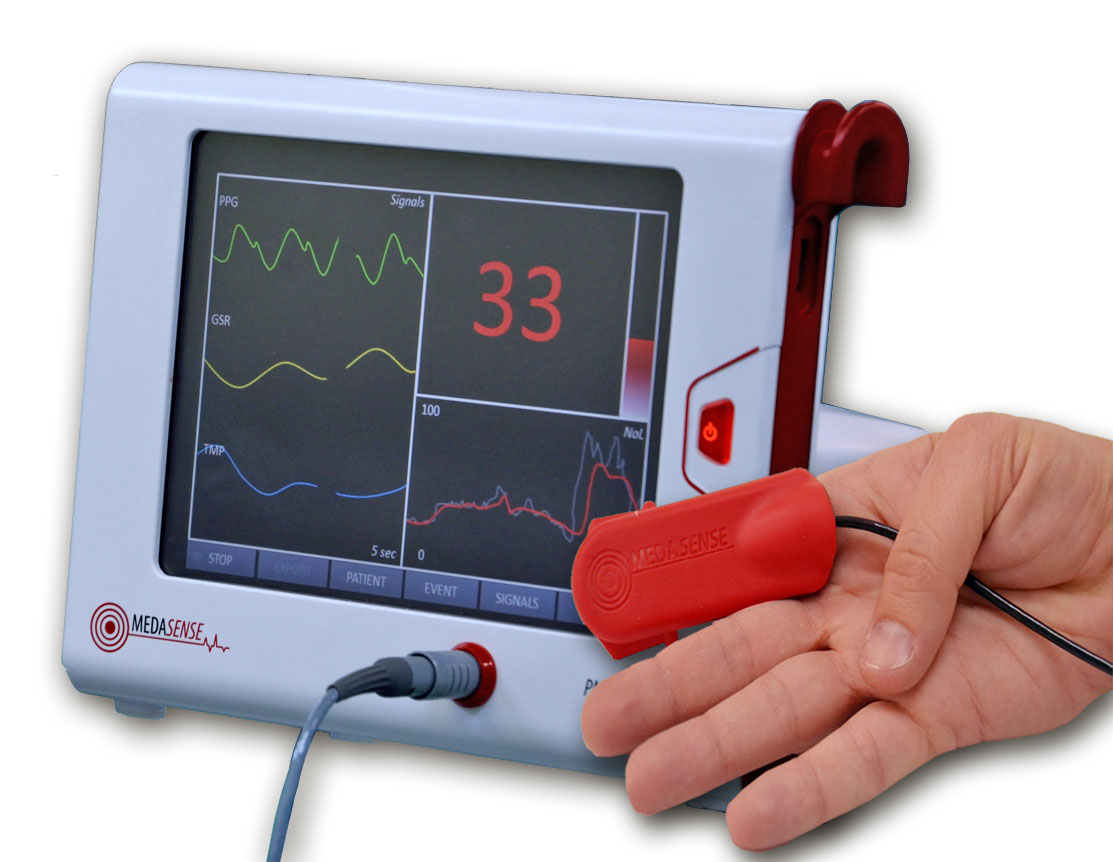
Wearable monitors physiological signs of pain
When we experience pain in a clinical setting, we are asked to rate it on a scale of 1-10, which guides our treatment plan. This method is obviously imprecise, but also irrelevant if a patient cannot communicate or is under anesthesia. Medasense is developing a finger mounted wearable with a sensor that records physiological signs…
-

Wireless monitor tracks contractions, fetal heart rate
TrueLabor is a wireless monitor that measures uterine contractions and fetal heart rate throughout all stages of pregnancy and labor. It’s creator, OB-Tools, claims that it can distinguish between true and false contractions, and is not affected by movement. A uterine monitor measures electrical activity via surface EMG electrodes attached to the abdomen. An algorithm generates a wave…
-
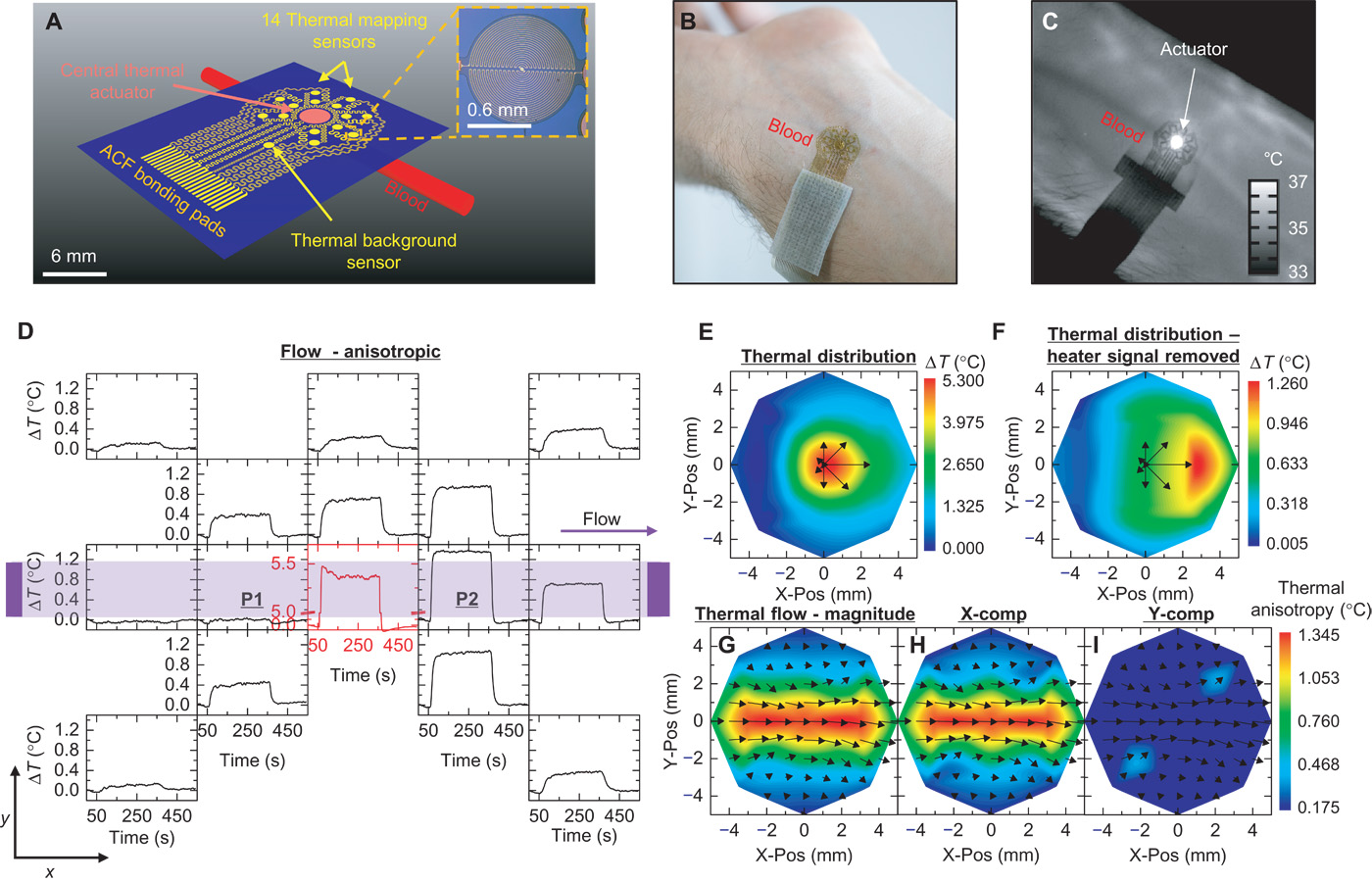
Continuous blood flow measuring wearable
John Rogers, Richard Chad Webb, and colleagues at the University of Illinois have built a flexible (epidermal electronics based) monitor that measures blood flow in the outermost 2 millimeters of skin. Blood flow measuring devices typically use optical imaging, which requires patients to not move. This technology can be used in a wearable that obtains measurements…